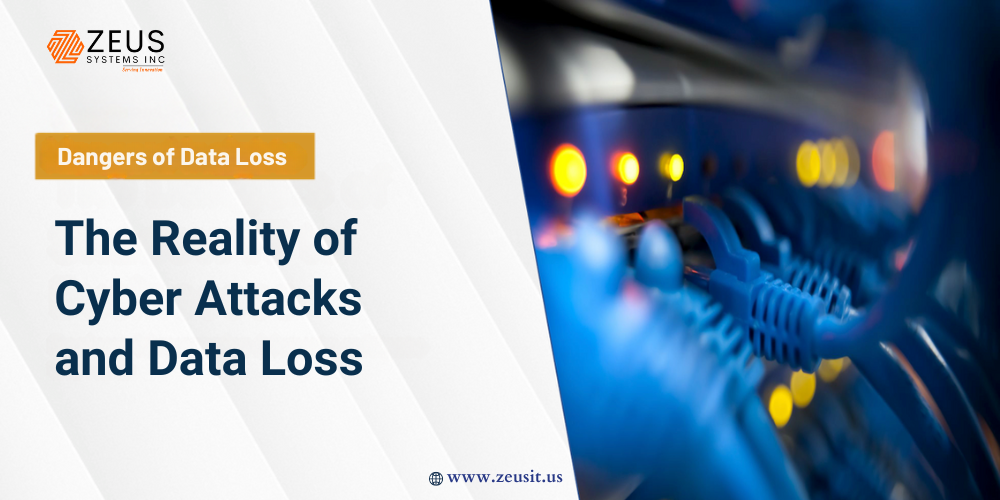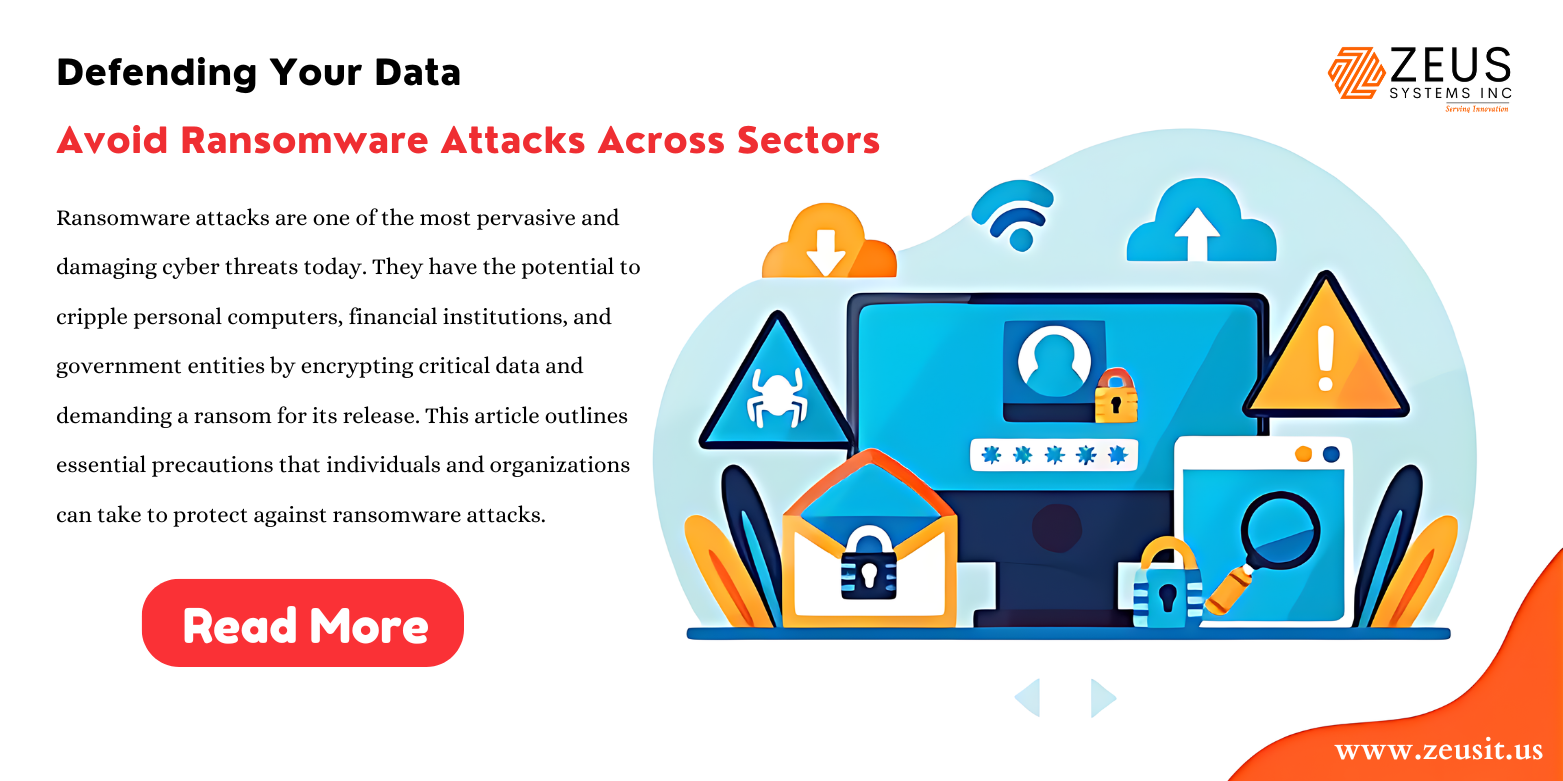In today’s digital age, data has become the lifeblood of businesses, governments, and individuals alike. With the vast amount of personal and confidential data stored online, the risk of data breaches and cyber-attacks has grown exponentially. While large corporations often downplay these breaches, claiming that no significant information was lost, the reality is far more concerning. This blog post delves into the security issues related to companies handling individuals’ confidential data, the secrecy surrounding ransomware cyber-attacks, and what individuals can do to protect themselves when their information is compromised.
The Reality of Data Loss: A Growing Threat
Data loss is not just an inconvenience; it is a significant security threat that can have far-reaching consequences for individuals and organizations. When companies fail to protect the confidential data they collect, the fallout can be disastrous. From financial loss to identity theft, the ramifications of a data breach can be severe.
Despite the high stakes, many companies are not as transparent as they should be about the risks. In some cases, organizations may downplay or even hide the fact that a data breach has occurred, claiming that no sensitive information was compromised. However, this lack of transparency can leave individuals vulnerable, unaware that their personal data may have fallen into the wrong hands.
The Secrets of Ransomware Cyber Attacks
One of the most insidious forms of cyber-attacks is ransomware. In a ransomware attack, hackers infiltrate a company’s systems, encrypt valuable data, and demand a ransom in exchange for its release. These attacks can cripple businesses, locking them out of their own systems and leaving them with few options but to pay the ransom or face the loss of critical data.
The secrecy surrounding ransomware attacks is often shrouded in corporate fear. Many companies are reluctant to admit they have been attacked, as it could damage their reputation, lead to regulatory scrutiny, or incite panic among customers. Instead, they may choose to quietly pay the ransom or downplay the significance of the attack.
However, this secrecy only serves to empower cybercriminals. When companies hide the true extent of a breach, they not only fail to warn affected individuals, but they also fail to contribute to a broader understanding of the threat landscape. This lack of transparency can make it more difficult for other organizations to prepare for or defend against similar attacks.
Is It Possible to Avoid Such Attacks?
While it is impossible to completely eliminate the risk of cyber-attacks, there are measures that companies and individuals can take to reduce their vulnerability.
For companies, adopting robust cybersecurity practices is essential. This includes regular updates and patches to software, strong encryption for sensitive data, multi-factor authentication, and employee training to recognize phishing and other forms of social engineering. Additionally, companies should be transparent with their customers about any breaches that do occur and work to mitigate the damage as quickly as possible.
For individuals, taking proactive steps to protect their personal information is crucial. This includes using strong, unique passwords for each online account, enabling two-factor authentication where possible, and being cautious about the information shared online. Regularly monitoring financial accounts and credit reports can also help individuals detect any unauthorized activity early on.
What to Do When Your Information is Compromised
If you discover that your information has been leaked in a cyber-attack, it is essential to act quickly to mitigate the damage. Here are some steps you can take:
- Change Passwords Immediately: Update the passwords for any accounts that may have been compromised. Use a strong, unique password for each account.
- Enable Two-Factor Authentication: Wherever possible, enable two-factor authentication to add an extra layer of security to your accounts.
- Monitor Financial Accounts: Keep a close eye on your bank accounts, credit cards, and credit reports for any signs of unauthorized activity. Report any suspicious transactions immediately.
- Alert Relevant Institutions: Notify your bank, credit card company, or any other relevant institutions of the breach. They may be able to help you protect your accounts or issue new cards.
- Freeze Your Credit: If you are concerned about identity theft, consider placing a freeze on your credit report. This prevents new credit accounts from being opened in your name without your permission.
- Be Wary of Phishing: After a data breach, be on high alert for phishing attempts. Cybercriminals often use stolen data to craft convincing phishing emails or messages. Do not click on links or download attachments from unknown sources.
Avoiding Huge Consequences
While it is impossible to prevent all cyber-attacks, individuals can take steps to minimize the potential consequences. Staying informed about the latest cybersecurity threats and best practices is essential. Additionally, individuals should be proactive about protecting their personal information and be prepared to act quickly if their data is compromised.
For companies, the key is transparency. By being open about breaches and working to protect their customers’ data, organizations can help build trust and ensure that individuals are better equipped to respond to potential threats.
Conclusion: The Need for Vigilance
In the digital age, data loss and cyber-attacks are inevitable. However, the impact of these incidents can be mitigated through vigilance, both on the part of companies and individuals. By adopting strong cybersecurity practices and being transparent about breaches, companies can help protect the data they are entrusted with. Meanwhile, individuals must take proactive steps to secure their information and be prepared to respond quickly if their data is compromised. In a world where data is currency, vigilance is not just a recommendation—it is a necessity.
References
- U.S. Federal Trade Commission (FTC). (2024). What to Do If Your Personal Information is Compromised. Retrieved from FTC.
- Ponemon Institute. (2023). Cost of a Data Breach Report. Retrieved from IBM Security.
- Verizon. (2023). 2023 Data Breach Investigations Report. Retrieved from Verizon.
- National Institute of Standards and Technology (NIST). (2024). Cybersecurity Framework. Retrieved from NIST.
- Symantec. (2023). Ransomware and Businesses: A Growing Threat. Retrieved from Symantec.



